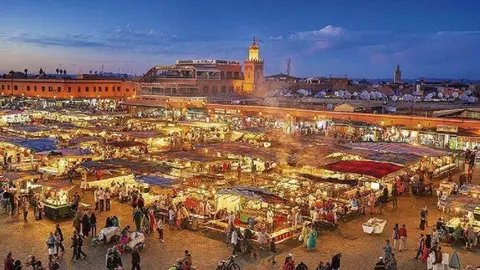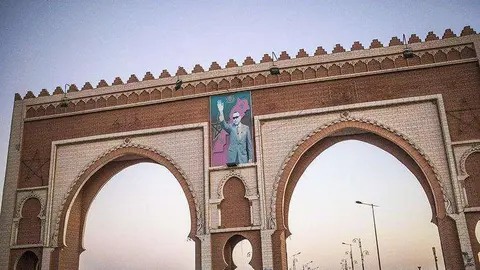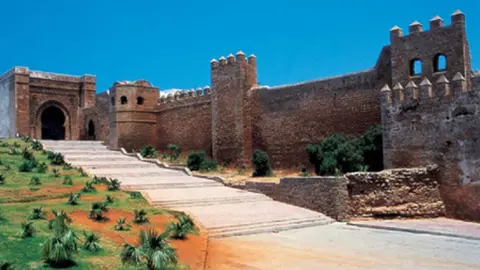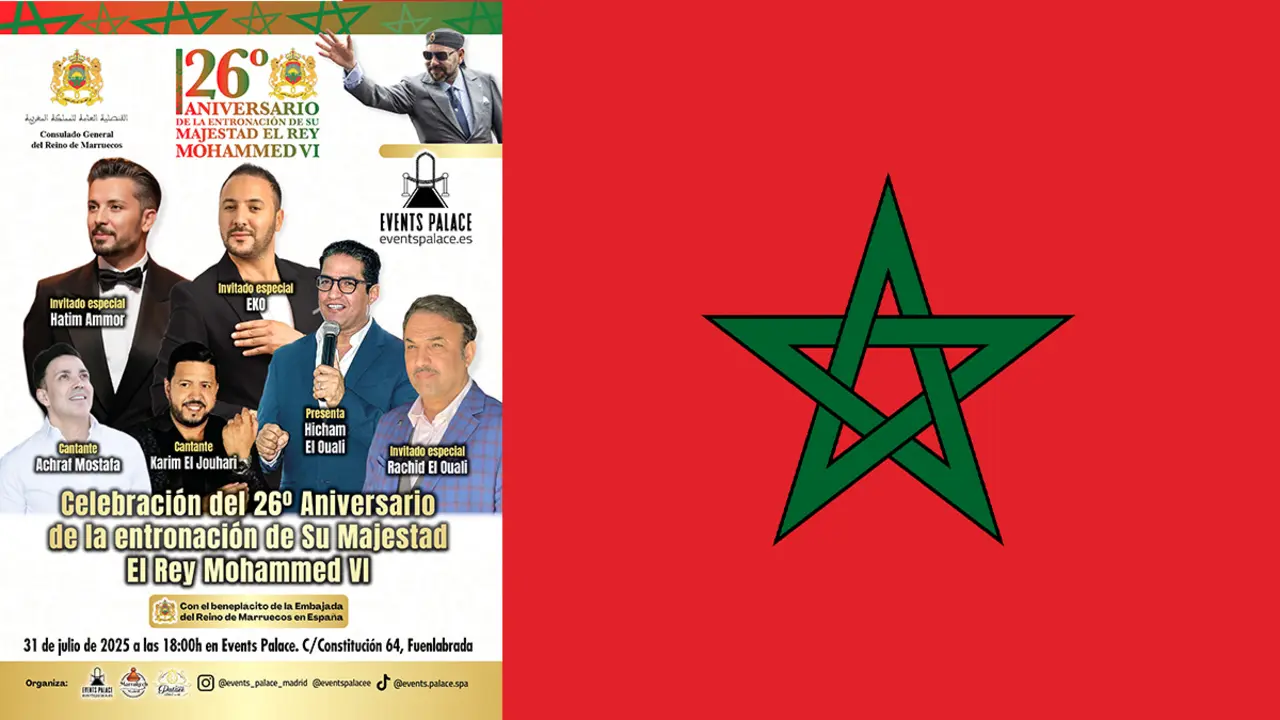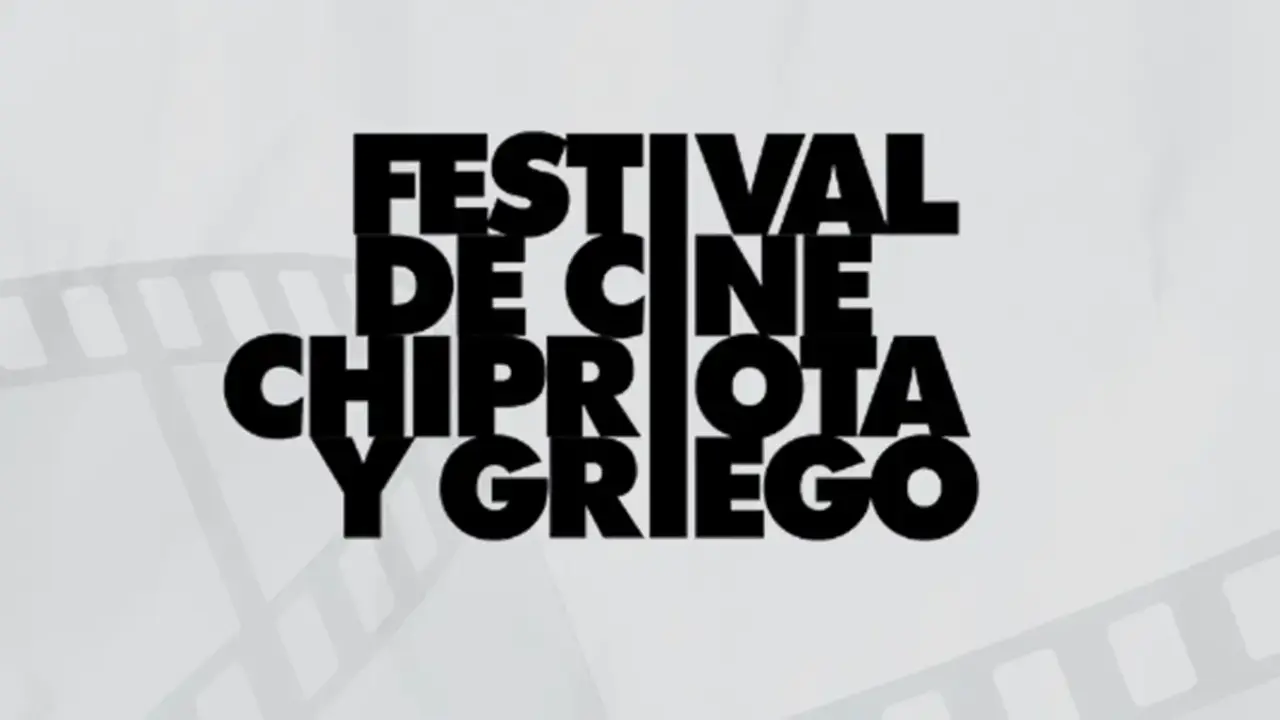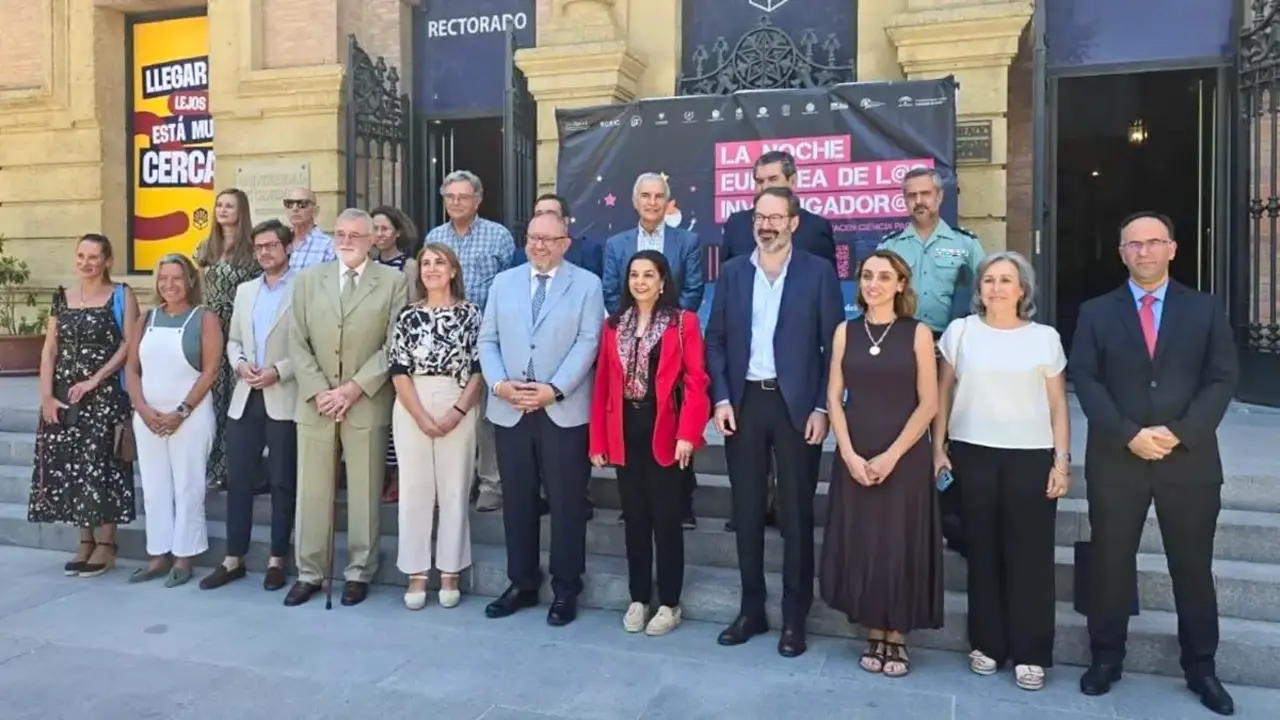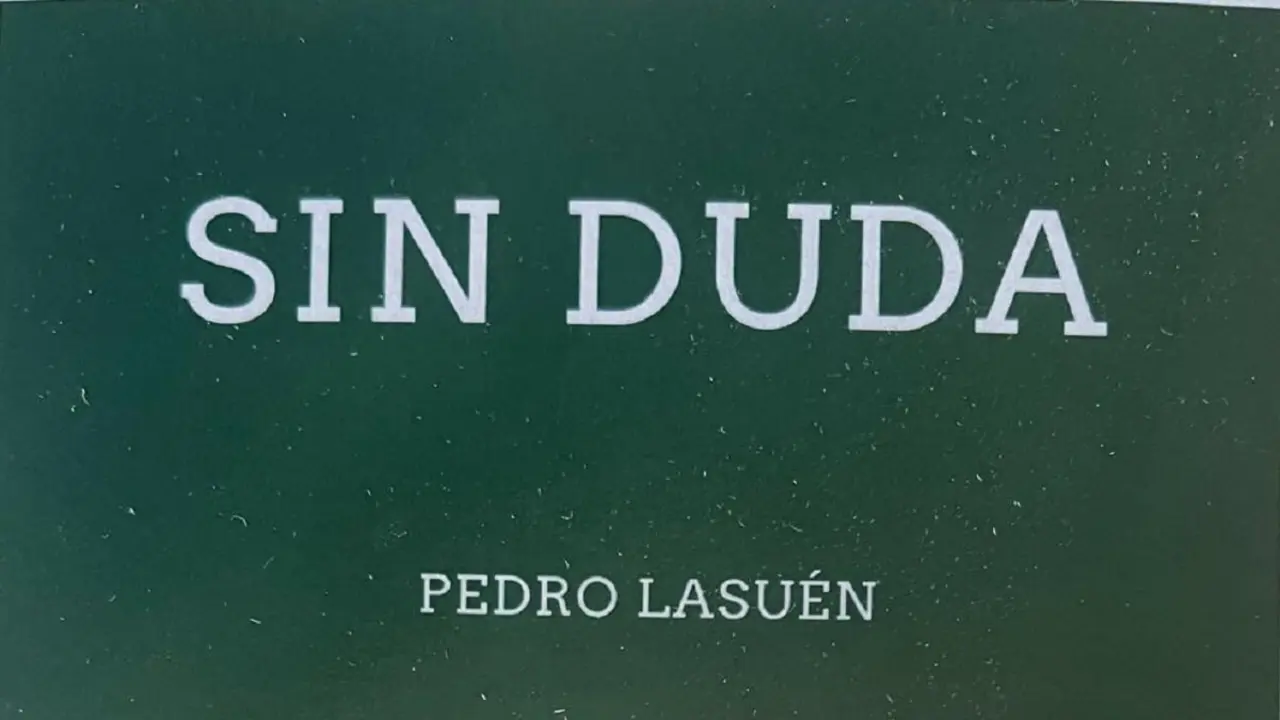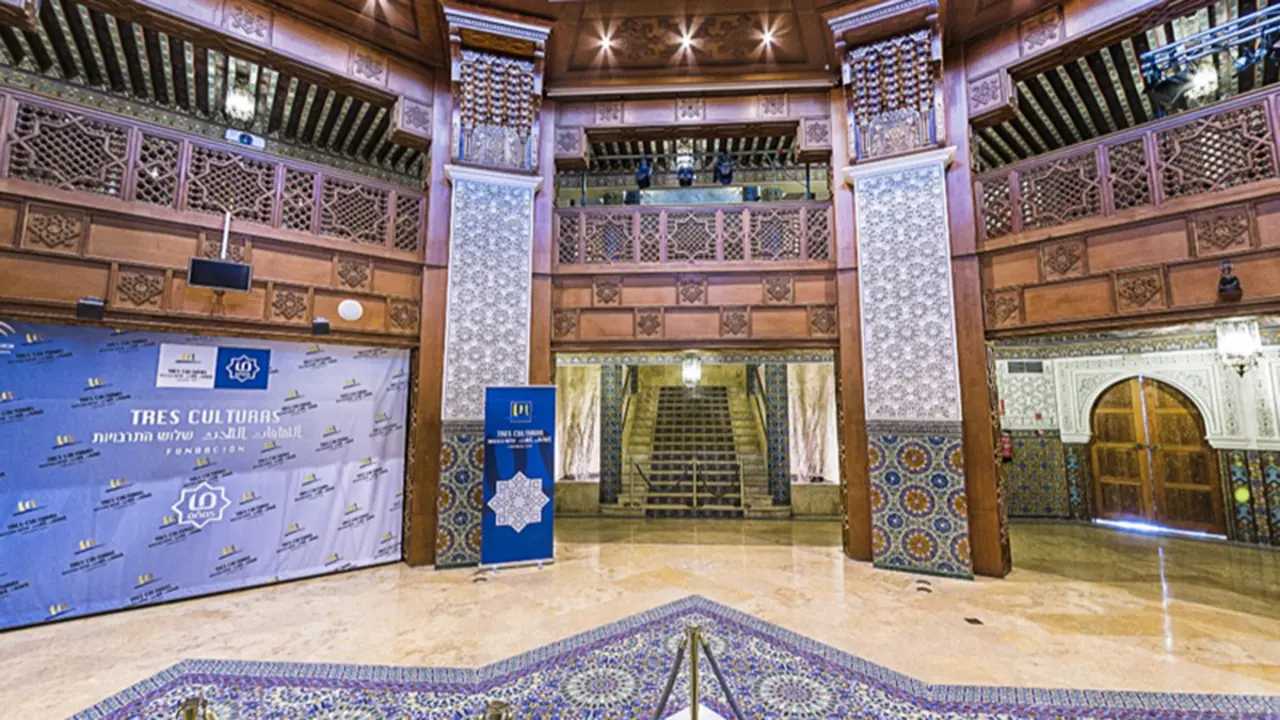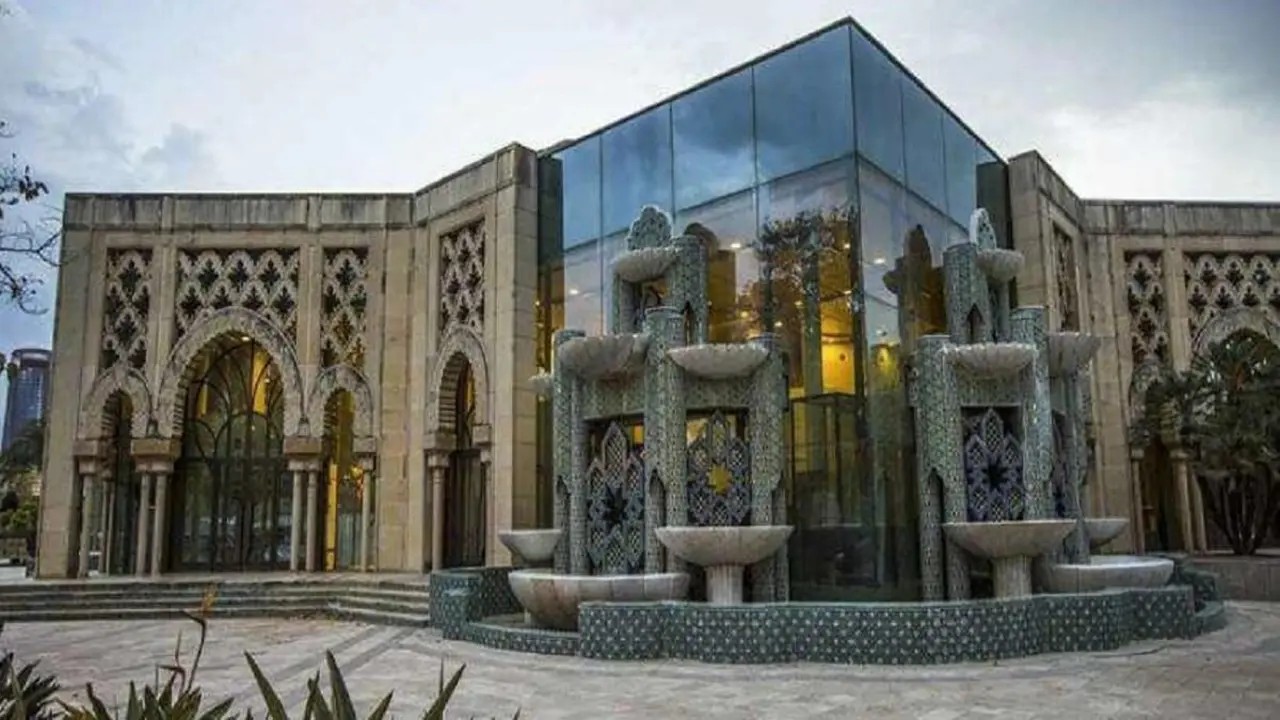Morocco's new strategy to address risks of usurpation of its intangible cultural heritage

Last weekend, Morocco celebrated Throne Day, the twenty-fourth anniversary of King Mohammed VI's accession to the throne. On this occasion, the King addressed the nation in a speech that highlighted the country's past achievements, current challenges and future goals, such as its plural identity and the richness of its tangible and intangible cultural heritage.
Over the past two decades, Morocco has attached growing importance to its intangible cultural heritage, which is characterised by a wide range of practices, representations, expressions, knowledge and savoir-faire. The Moroccan authorities have redoubled their efforts to preserve these expressions, manifestations and testimonies.
Since the Convention for the Safeguarding of the Intangible Cultural Heritage came into force in 2006, the Kingdom of Morocco has ratified all the UNESCO conventions relating to heritage. In 2008, Rabat drew up an inventory of the country's intangible cultural treasures with a view to their inclusion on the Representative List of the Intangible Cultural Heritage of Humanity. The Moussem of Tan-Tan, an annual fantasia and fair attended by more than thirty nomadic tribes from the Sahara, was the first to be included on this list, which now includes a dozen cultural assets.

Although the last tradition to appear on the list was the Tbourida (2021), an equestrian performance that appeared in the 16th century, Morocco continues to propose items for inclusion on the list, such as the arts, knowledge and practices associated with metal engraving (gold, silver and copper) and the Al-Malhoun, a poetic art of folk music.
In recent years, Morocco has also stepped up the number of festivals and events aimed at promoting its intangible heritage, such as the Marrakech National Folklore Festival, the Sefrou Cherry Festival, the Tan-Tan Season and the Imilchil Season.
In view of the Moroccan government's remarkable commitment and international efforts, UNESCO chose Rabat to host the 17th session of its Intergovernmental Committee for the Safeguarding of the Intangible Cultural Heritage. Held between 28 November and 3 December last year, the aim of the meeting was to analyse more than 50 candidates for the United Nations Educational, Scientific and Cultural Organisation's (UNESCO) safeguarding list. At a press conference, UNESCO Director General Audrey Azoulay stressed the importance of intangible heritage linked to the relationship between man and nature, and the importance of preserving the environment.
Rabat’s strategy
Several professors and experts believe that intangible heritage is a matter of urgency and necessity. Ahmed Skonti, an anthropologist and professor at the National Institute of Archaeology and Heritage in Rabat, points out that “protecting the many intangible cultural assets that are very fragile and threatened with extinction is a challenge for the future”. “It is very easy to conserve an object, a site or a parameter more than is required with a craft, a custom, a dance or a song”, he says. In fact, despite a growing awareness of the value of intangible heritage, many challenges remain, particularly in terms of inventory, organisation and coordination between the various players in the field.
To preserve the Kingdom's identity and protect its cultural heritage from usurpation, the Ministry of Youth, Culture and Communication launched the Morocco Heritage Label project in 2022, aimed at developing distinctive signs for these elements of intangible heritage. Its Minister, Mohamed Mehdi Bensaid, stressed the importance of these initiatives as part of the preservation of national heritage, in line with UNESCO directives.
According to the experts, Morocco's intangible heritage needs a dedicated national strategy that brings together a whole range of players, from political decision-makers and economic players to civil society and the general public, in order to protect it from extinction.
Focusing on memory and raising awareness among young people
Memory is of vital importance in preserving intangible cultural heritage. Recently, the Moroccan Association for Historical Research published a collective work entitled “History and identity: historical writing between archives and memory and the question of pluralism”. Thanks to the contributions of 44 researchers, this book brings together articles written in three languages, rich in commentary, images and historical documents where “history interacts with archives, literature and journalism”.

In addition to the memorial initiative, UNESCO and the Foundation for the Safeguarding of Rabat's Cultural Heritage have signed a five-year agreement to jointly develop actions for the protection of world heritage and intangible cultural heritage in Morocco and throughout the African continent. Signed on 24 January 2023, the agreement marks the start of a long-term strategic and operational collaboration.
In March 2023, the Association for the Preservation and Promotion of Moroccan Heritage organised a symposium in Rabat on “Citizenship and Moroccan Cultural Heritage”, the main aim of which was to raise awareness among young people. According to the newspaper 360, the Minister, Mohamed Mehdi Bensaid, expressed his “firm support” for this young association, whose future actions to popularise, promote and protect heritage will extend to all aspects of culture and all sections of society, particularly young people.
In his speech, the Minister for Youth, Culture and Communication stressed two points: the creation of the Museum of Intangible Cultural Heritage, due to open shortly, and the need to establish and develop the sciences concerned with preserving the national cultural heritage.
Cultural heritage, another bone of contention in relations between Algiers and Rabat
Some cultural assets are the subject of joint proposals with other Maghreb countries, notably Algeria. Although Algiers and Rabat managed to put their differences aside in 2020 when they jointly submitted a bid for the “Knowledge, savoir-faire and practices related to the production and consumption of Couscous” dossier, tensions over shared traditions persist.
Fuelled by the proliferation of online content calling into question the authenticity of certain traditions (notably on the X platform), cultural heritage is another area of conflict in Algerian Moroccan relations. In early July, Morocco accused its Algerian neighbour of appropriating the Moroccan caftan. According to the newspaper Hespress, the image presented in the file submitted by Algeria to UNESCO, which is available on the organisation's official website, is in fact an image corresponding to the Moroccan caftan. On Wednesday 5 July, the Ministry contacted the Moroccan delegation to UNESCO to ask them to intervene in the matter and take the necessary measures. It should nevertheless be noted that, apart from the photo of the Moroccan caftan, Rabat does not object to any other element of the dossier submitted by Algeria.
Morocco, considered to be a land of cultural and ethnic cross-fertilisation and the melting pot of ancient civilisations, is seeking to increase its cultural influence by adopting an active strategy to safeguard and protect its intangible cultural heritage.

